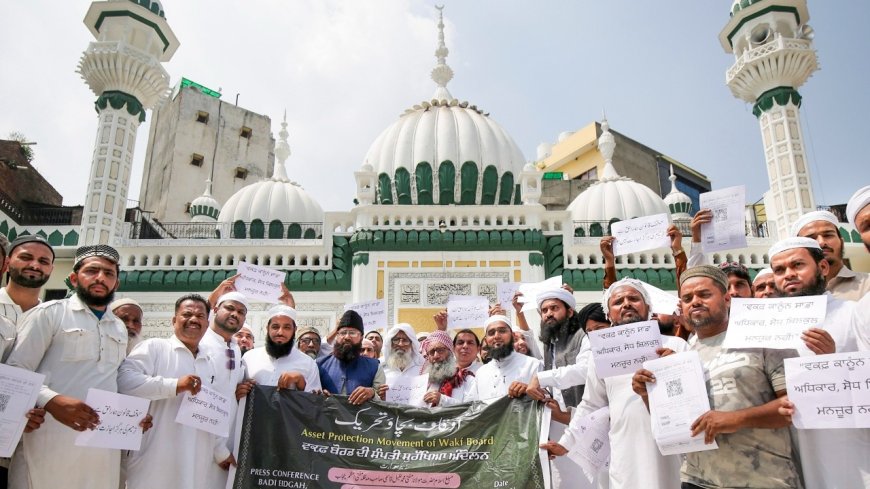Misuse, corruption, neglect: A 1932 report that exposed Waqf mismanagement
Misuse corruption neglect A report that exposed Waqf mismanagement

Misuse, Corruption, Neglect: A 1932 Report That Exposed Waqf Mismanagement
In the early 20th century, the Waqf system, which holds significant cultural and religious importance, faced severe challenges. The 1932 report highlighted numerous instances of misuse and mismanagement within the Waqf properties. This historical document serves as a crucial assessment of how negligence and corruption marred the intended sanctity of these trusts.
Understanding Waqf and Its Importance
The Waqf, a charitable endowment in Islamic tradition, serves as a vital resource for community development and welfare. Properties and funds allocated for Waqf are meant to support educational, social, and religious initiatives. However, the mismanagement and corruption highlighted in the 1932 report show a troubling trend that jeopardizes these objectives.
The 1932 Report: Key Findings
Produced by governmental oversight, the 1932 report laid bare the scope of neglect and corruption that plagued the Waqf system. It documented various cases where funds intended for public benefit were embezzled, properties were misused, and overall management was lacking. The revelations sparked significant discussions about accountability and reform within the Waqf administration.
Consequences of Mismanagement
The direct impact of the documented mismanagement has been extensive. Imbalances in resource allocation have led to deprived communities that were meant to benefit from Waqf resources. Moreover, public trust in the Waqf system has waned, calling into question the ethical principles surrounding these charitable entities. This report serves as a historical reminder of the importance of proper management and oversight.
Calls for Reform
Following the publication of this report, there emerged a stronger demand for reform in the Waqf management system. Governmental bodies and community leaders began advocating for transparent audits and improved governance structures to prevent future occurrences of misuse and corruption. Reforming the Waqf system is essential, not only for restoring public trust but also for ensuring that resources reach those in need.
Conclusion
The 1932 report on Waqf mismanagement remains a critical document in understanding the challenges faced by this important institution. By learning from past mistakes, stakeholders can work towards establishing a more transparent and accountable Waqf system that truly serves its intended purpose.
For more updates, visit dharmyuddh.com and stay informed about ongoing discussions around heritage and community welfare.
News by dharmyuddh.com Keywords: Waqf mismanagement report, 1932 Waqf corruption, historical Waqf neglect, Waqf reform discussions, misuse of Waqf properties, accountability in Waqf management, community impact of Waqf, charitable endowment challenges, corruption in Islamic trusts, restoring trust in Waqf system.







